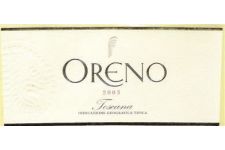
Tenuta Sette Ponti
Tenuta Sette Ponti
Biography
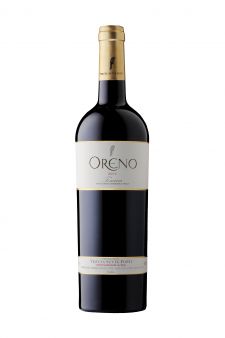
Antonio Moretti, a successful entrepreneur in the field of fashion, has succeeded in putting the province of Arezzo on the map for wine critics of the world. Before him, Arezzo was considered something of a Cinderella of Tuscan oenology. Moretti was a sort of mid-wife who has managed to bring out the potential of the territory, creating wines of high quality, of international status. The champion among the wines of Setteponti is Oreno, an international blend of Bordeaux grapes, Cabernet and Merlot, with a lengthy aging in sall oak barrels: a wine of true finesse, which competes with the great wines of the châteaux of Bordeaux. The other important wine is Crognolo, thoroughly Tuscan, a Sangiovese, the traditional grape of the region, with a small percentage of Merlot. A wine of character, genuine, and rare fascination. Very interesting as well is the Chianti Vigna Pallino (the name of an old vineyard, recently replanted), immediately pleasurable without any sort of oak aging. These wines come from the area of Castiglion Fibocchi in the lower Arno valley, in a landscape frequently painted by Leonardo da Vinci. The estate takes its name from the fact that, in this stretch of the Arno, there are exactly seven bridges which join the two banks. The property originally belonged to the Savoia-Aosta princes who, in turn, had received it from Leopoldo of Hapsburg (it was they who planted the original Vigna Pallino vineyard). In the 1950’s, Alberto Moretti, the father of the current owner, purchased the first lot of 125 acres of vineyards, which included the Vigna dell’Impero, planted by the Savoia-Aosta family in 1935. With successive purchases the Moretti family has put together a property of approximately 825 acres, much of which consists of woods and game reserves, and125 acres of high-density vineyards (seven thousand vines per hectare). 安东尼奥•莫雷蒂(Antonio Moretti),时装界闻名的企业家,成功地将世界酒评家的目光吸引到了阿雷佐(Arezzo)。在这之前,阿雷佐在托斯卡纳地区酿酒界还属于一个“灰姑娘”。而莫雷蒂算得上是一个“接生婆”,他明白如何激发土地的潜力,生产出优质的葡萄酒,并提高其在国际上的地位。七桥酒庄所产葡萄酒中的典型是欧雷诺(Oreno),一款国际化的葡萄酒,使用了波尔多式的混合,即赤霞珠与梅洛,在小橡木桶中进行长时间的陈化。这是一款优雅且极其细腻的葡萄酒,可以与波尔多最好的酒庄酒媲美。另一款高品质的葡萄酒是克罗诺(Crognolo),是一款不折不扣的托斯卡纳,由地区特产的传统葡萄圣乔维斯酿成,并调制以少许梅洛。一款充满个性的葡萄酒,完整、魅力十足。令人感兴趣的还有波利诺园克安蒂(Chianti Vigna del Pallino),得名于一个近期内翻修过的古老葡萄园,一款可以立即饮用、能够带给人好感的未经陈化的葡萄酒。这些葡萄酒诞生于瓦达诺菲博基堡周围,此地美丽的风景曾经出现在莱昂纳多•达芬奇的画笔下。酒庄之所以叫这个名字,是因为跨越亚诺河连接两岸的桥共有七座。
这里原本属于萨沃伊•奥斯塔(Savoia Aosta)的王子们,从哈布斯堡的利奧波多手中得来(正是他们第一次在波利诺园开始栽种葡萄)。在20世纪50年代,现任庄主的父亲安东尼奥•莫雷蒂开始买入50公顷葡萄园土地,包括萨沃伊•奥斯塔早在1935年就开始种植葡萄的帝国葡萄园在内。随着莫雷蒂家族接下来的收购,目前酒庄面积已经达到330公顷,其中包括为狩猎准备的森林,还有50多公顷以高种植密度闻名的特殊葡萄园(每公顷种植7000株葡萄)。
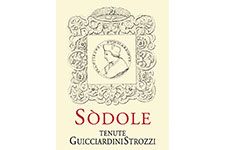
Tenute Guicciardini Strozzi
Tenute Guicciardini Strozzi
Biography
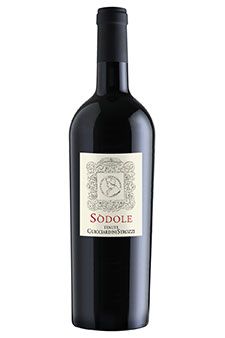
The business boasts over 1000 years of activity, with the earliest testimony to Cusona’s existence dating back to 994 AD. The Cusona estate spreads over 530 hectares and is situated amongst the green Tuscan hills, close to the medieval town of San Gimignano (known as the medieval Manhattan). Throughout the centuries, the political and economic weight of the Strozzi and Guicciardini families, with their illustrious figures, has influenced the history, not only of Tuscany, but also of Italy and Europe.Francesco Guicciardini,for whom Niccolo’ Machiavelli started his political career as secretary,became a prominent political figure, acting as Governor of the Papal States as well as being a philosopher and historian. The Strozzi were powerful bankers, heads of State and mercenary commanders. As direct rivals of the Medici, they were banned from Florence following the rise to power of Cosimo dei Medici. Nevertheless they increased their enormous wealth elsewhere, which enabled Fillippo Strozzi, once back from exile, to build the magnificent Palazzo Strozzi in Florence. Piero Strozzi was Marshal of France and commanding officer of the French troops. His bust is displayed in Gallery of Battles in Versailles. [During the XVII century the descendants of the Guicciardini Strozzi family were united in marriage in London to the Marlborough’s, the family of Sir Winston Churchill.Amongst the illustrious ancestors a special mention should be given to Lisa Gherardini del Giocondo, otherwise known as La Gioconda, painted by Leornado da Vinci. The current members of the family are the 15th generation of descendants of Monna Lisa.In 1850 the building of a cellar with underground galleries was starter under the leadership of Francesco Guicciardini, Mayor of Florence and Minister of Agriculture and Foreign Affairs and married to Luisa Strozzi.At that time Cusona became a prominent national example of avant-garde business.In the 70’s, Prince Girolamo Strozzi started selling the wine around the world, a business he still runs with his wife Irina and his two daughters Natalia and Irina Jr. In 1999 the wine production extended to other areas such as Maremma (Bolgheri, Scansano, Montemassi) and Pantelleria.The Guicciardini Strozzi winery produces 22 varieties of wines. Amongst the best known labels is the Vernaccia di San Gimignano, which was produced for the first time by the winery in 1200 and exalted by Dante, Michelangelo and Boccaccio. The Medici Court enjoyed the Vernaccia and also sent it to the Pope. Sparkling white wine (spumante) and grappa are also produced using the Vernaccia grapes. The historical red wine labels include Sodole, a 100% San Giovese and Millanni, produced to mark the 1000 year anniversary of the winery, made with a mix of San Giovese, Cabernet Sauvignon and Merlot.
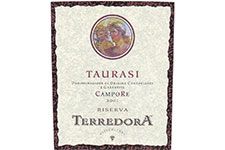
Terredora
Terredora
Biography
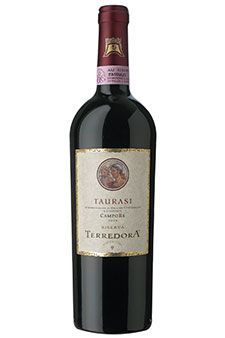
Founded in 1978, the Terredora winery of Walter Mastroberardino and his children Paolo, Lucio, and Daniela, has concentrated, since the very beginning, on the centuries-old native grape varieties of Campania in the Italian south, Aglianico, Fiano, Greco, and Falanghina, introducing innovative techniques in their cultivation and fermentation to bring out all of their potential and expressiveness. Promoting in this way a return to the oldest and most qualified traditions of the region, the firm has contributed to its rebirth. A decisive moment in this process occurred in 1994, when, with the separation of the two branches of the family, Walter Mastroberardino decided, together with his children, to construct a cellar and take charge of the entire production cycle, fermenting the grapes of his own vineyards and bottling the wines with the name of the Terradora estate. And he decided to locate the cellar at Montefusco, partly because the spot was an ideal barycenter for vineyards located at a certain distance from this central spot and partly because the hamlet itself is of historical importance: it was the ancient Fulsulae, mentioned by Titus Livio and successively the capital of the principality of Ultra, the territory which corresponds to the modern-day Irpinia. The modern cellars are framed by the natural scenery of the Serra di Montefusco at close to 2200 feet above sea level, a position which dominates the production zones of three major Irpinia appellations: Fiano di Avellino and Greco di Tufo in the Sabato river valley, Taurasi in the Calore river valley. With over 375 acres of proprietary vineyards, and 75 leased acres, the house is, today, the most important and far-extending viticultural producer of Campania which ferments its own grapes. Quantity is not the question: its pride is to possess a kind of DNA data bank of the genetic patrimony of Greco, Fiano, Aglianico, Falanghina, and other old grape varieties of the region thanks to the work of collection, selection, and conservation carried out by Paolo Mastroberardino in the 1970’s. Terredora produces a million bottles of wine annually: a rich gamut of many different types and different price levels, all easily recognizable, however, by their strong expression of the territory of Irpinia and their high overall quality level. In the line known as the crus, two Greco di Tufo offerings stand out, Loggia della Serra and Terre degli Angeli, plus a Fiano d’Avellino and a Falanghina. The Fiano d’Avellino CampoRe and the Taurasi Riserva CampoRe are the true outstanding crus of the winery. Above all the Taurasi, an elegant pure Aglianico bottling, imposing in structure, one of the most representative wines of the best oenology of Italy’s south.
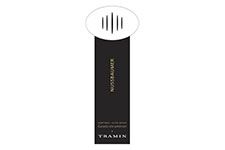
Tramin
Tramin
Biography
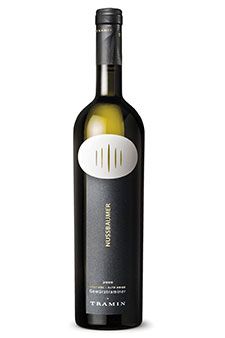
Termeno (Tramin in German) is a village in the lower Adige valley, a viticultural area to the south of the city of Bolzano which is famous as the home town of Gewürztraminer, a grape variety with a typical aroma frequently, and incorrectly, translated into Italian as “aromatic Tramin”: a more accurate translation would be “spicy Tramin” for the wine’s notable scent of cloves. Here the ancient Rhaetian people produced wine centuries before the Roman armies arrived and colonized the territory. In the days of the Austro-Hungarian Empire, in 1898, Christian Schrott, the parish priest of Tramin and a deputy in the Austrian Parliament, founded one of the first “Kellereigenossenshaft” (cooperative wineries) of the South Tyrol, the Austrian name for Italy’s Alto Adige region. Today, more than 110 years later, the Cantina Tramin has become a significant force in the economy of the region with more than 280 associates and 575 acres of vineyards under cultivation in the area around Termeno.
The production philosophy of the cooperative is to maintain, and give even greater luster, to the viticultural patrimony of the zone and to seek to preserve a harmonious and balanced relationship with the environment, to the point that many of the vineyards are cultivated according to the tenents of natural and biological agriculture. The product line is divided into a series of different quality levels. The more prestigious selections have been created to show off the high level of the various grape varieties and crus: the soft Schiava wines of the Freisinger vineyard, the fruity Pinot Grigio of Unterebener, the herbaceous Sauvignon of Stoan, the fragrant Pinot Blanc of Stoan, and the powerful Lagrein Dunkel of the lovely Urban vineyard. The speciality of Cantina Tramin is unquestionably Gewürztraminer, produced in a variety of different versions which express both the special aromatic characteristics of the grape and the specific vineyard source. The Gewürztraminer Roan is a late-harvest wine which is then aged in oak, an intense straw yellow in color, very fruity on the nose with notes of both citrus and tropical fruit mingled with spice and honey. Nussbaumer is a sort of grand cru of Termeno, one of the township’s oldest Gewürztraminer vineyards, long considered one of the finest spots of all for the cultivation of the grape. The wine has very intense aromas of both fresh and ripe fruit, spice, and dried roses; on the palate its flavors are of a rare intensity and purity, exceptional in their length and aromatic persistence. At the top of the quality pyramid is the Gewürztraminer Terminum, a wine of absolute stature and excellence, extraordinary in its aromatic concentration, potent and enveloping in its fused and balanced notes of fruit and spices, sweet and characterful in flavor and impeccably suave.
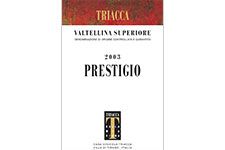
Triacca
Triacca
Biography
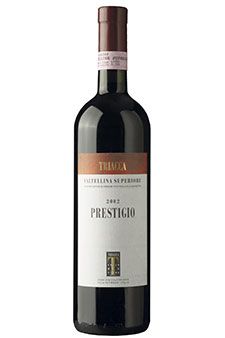
It was Domenico Triacca who, in long-ago 1897, founded the winery at Campascio in the Val Poschiavo in Switzerland. Switzerland, to be sure, but only by a few hundred yards, the part bordering on Tirano in the completely Italian Valtellina, the valley where, for centuries, the inhabitants produce wines which Leonardo da Vinci defined as “very potent”. 111 years later, it is another Domenico Triacca, grandson of the founder, who has known how to expand the firm and make it an important symbol of the Valtellina, owner of close to 115 acres of vineyards. To tell the truth, this might seem a modest property, but in the Valtellina, where property is divided into small parcels on steep hills, this large a vineyard surface is quite unusual. In the Valtellina you need more than the ability of the producer and the experience of the cellar master, you need courage as well, the courage to cultivate vineyards in extreme working conditions. Here the vineyards cling to the southern slopes of the Rhaetic Alps and, to cultivate a few acres of vineyards is far more demanding than cultivating it on a hillside in terms of toil and expense. The effort of cultivating the Chiavennasca (the local name for Nebbiolo) grape is repaid by wines of exceptional character, with the aromas and flavors of the mountains. Over the course of time, Triacca has acquired La Gatta, a former Dominican monastery subsequently transformed into the residence of a noble family. La Gatta lies in a spectacular amphitheater of close to 33 acres, vineyards which have been modernized in recent times with the planting of selected clones of Chiavennasca which assure constant quality over time. The other Triacca vineyards are located in the highly thought of crus of Sassella and Valgella, both historic sub-zones of the Valtellina appellation. In addition to the historic aging cellars at La Gatta, which houses the barriques, Triacca also owns a modern cellar, perfectly equipped, where he can ferment with maximum care and attention. The top wines of the range are La Gatta, a Valtellina rich and of vibrant intensity, and San Domenico, a Sfurzat (made from dried grapes) of exceptional concentration. The same passion for viticulture is shown in the other two estates in Tuscany: La Madonnina in Chianti Classico and Santa Venere at Montepulciano.
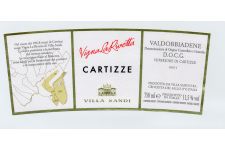
Vigna La Rivetta – Villa Sandi
Vigna La Rivetta – Villa Sandi
Biography
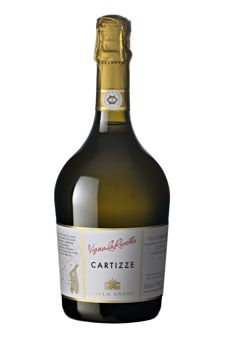
Villa Sandi, Palladian style villa dating back to 1622, is located at the foot of the Prosecco hills in a renowned winemaking area, close to the historical Valdobbiadene Prosecco DOCG hilly area. The villa represents the combination between art and agriculture which characterized the Venetian landscape of past centuries.
The Moretti Polegato family, owner of Villa Sandi, has been dedicated to wine culture for generations. Today, the family brings to new life the ancient role of Venetian villas combining innovation and research to respect and love for tradition and territory.
Three-century-old underground cellars stretch for over 1,5 km under the villa and create the perfect environment for wine aging, thanks to their natural characteristic of keeping humidity and temperature at a constant level. Here “Opere Trevigiane” – a Classical Method Sparkling wine – is stored to refine, while the two barrel rooms host the casks in which Villa Sandi Premium wines are aged.
Vineyards have characterized for centuries the landscape of the Treviso area, especially the area between Valdobbiadene and Conegliano.
Villa Sandi devotes the utmost care and attention to producing Valdobbiadene-Conegliano Prosecco DOCG, which a special synergy of man, vine and territory has made one of the best renowned and most appreciated wines in the world.
On the Cartizze hill, cru of the Valdobbiadene-Conegliano DOCG area, passion for vine growing and wine making has resulted in even the most inaccessible parts being cultivated. In this microarea, where steep hillsides alternate with more gentle slopes, Villa Sandi owns a vineyard called “La Rivetta”.
The estate fully benefits from a special and perfect combination of geo-climatic features, which allows a wine with unique characteristics to be produced: Cartizze “Vigna La Rivetta, proposed in the brut version instead of the classic dry one and awarded with Tre Bicchieri Gambero Rosso.
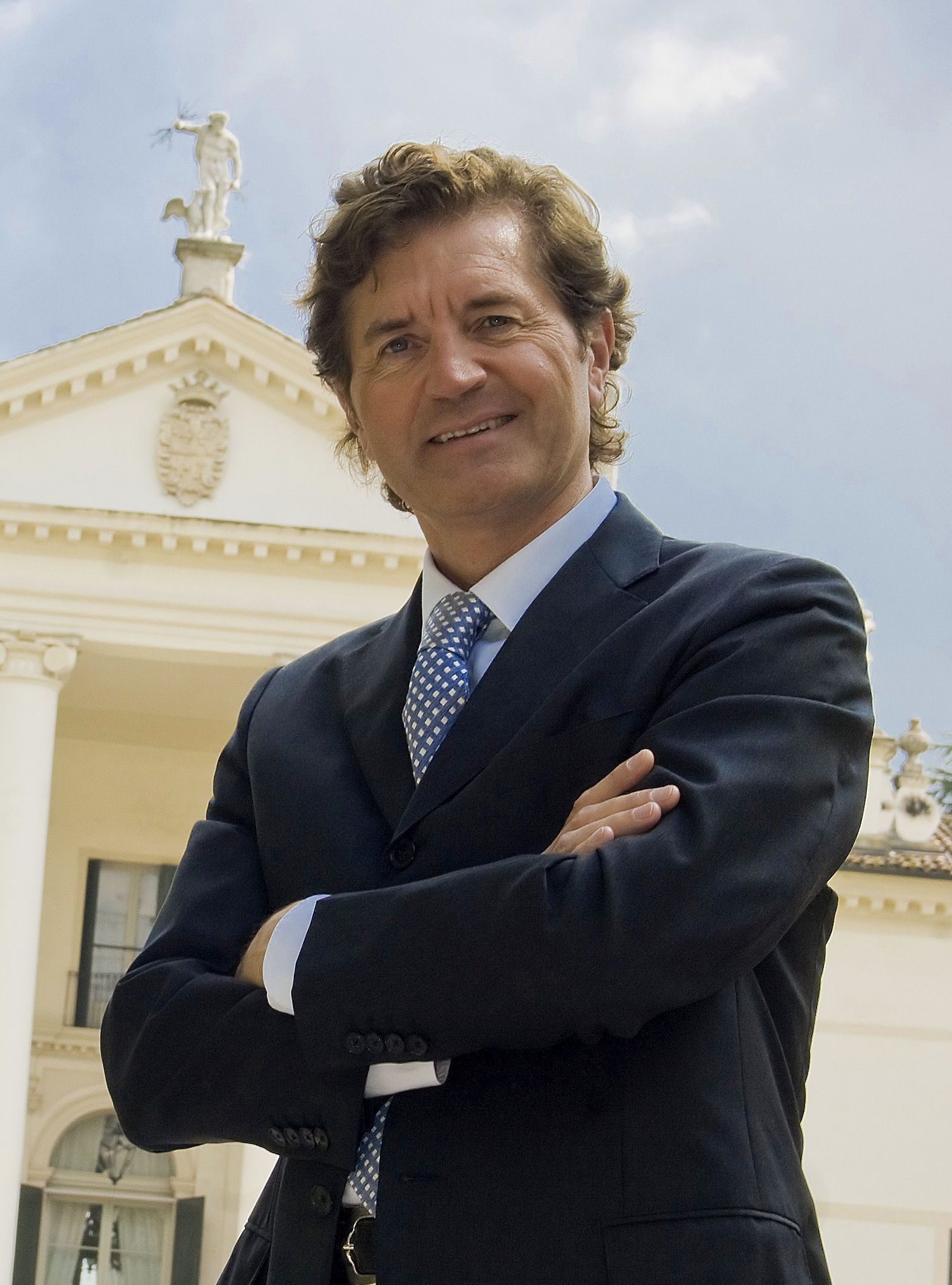
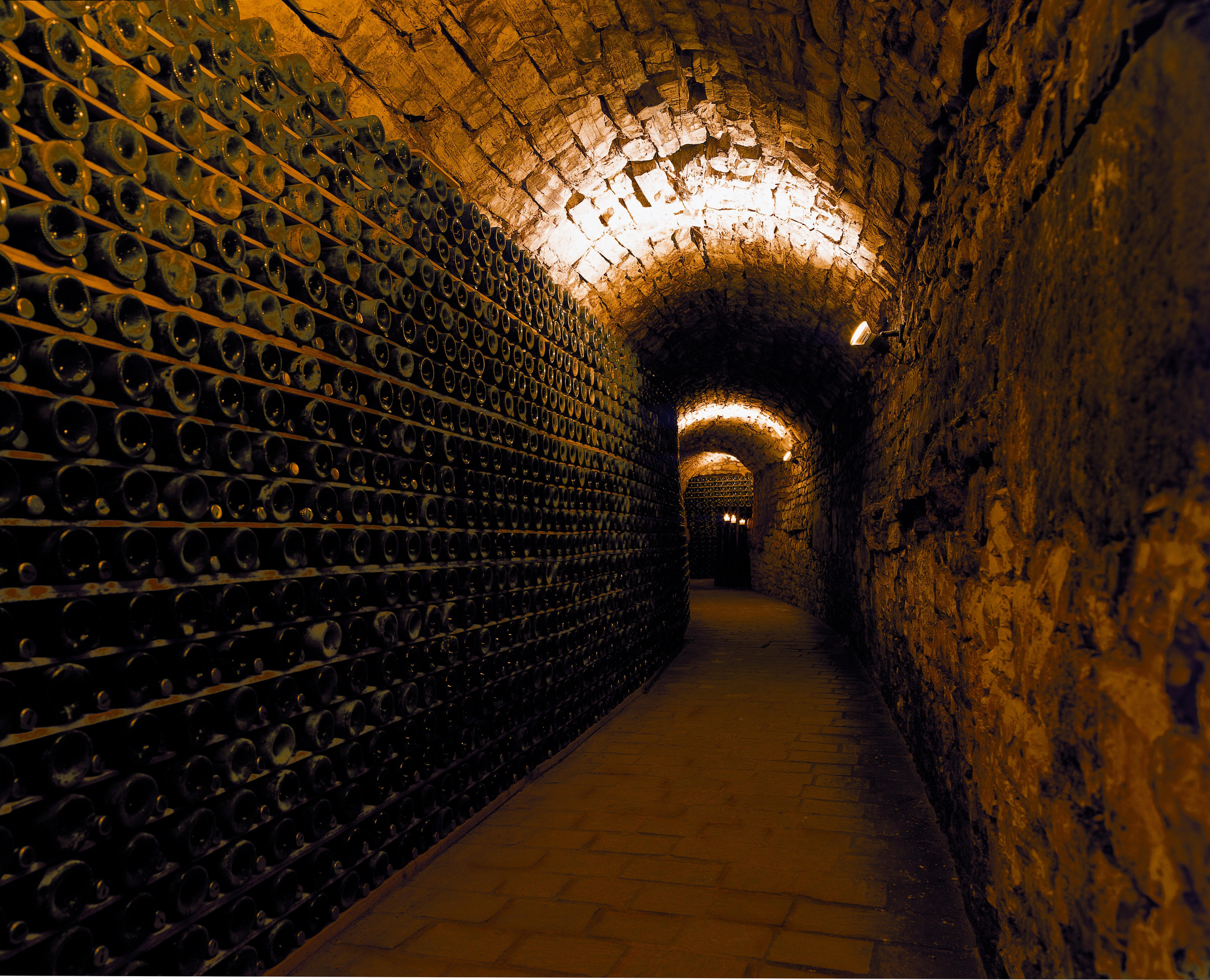
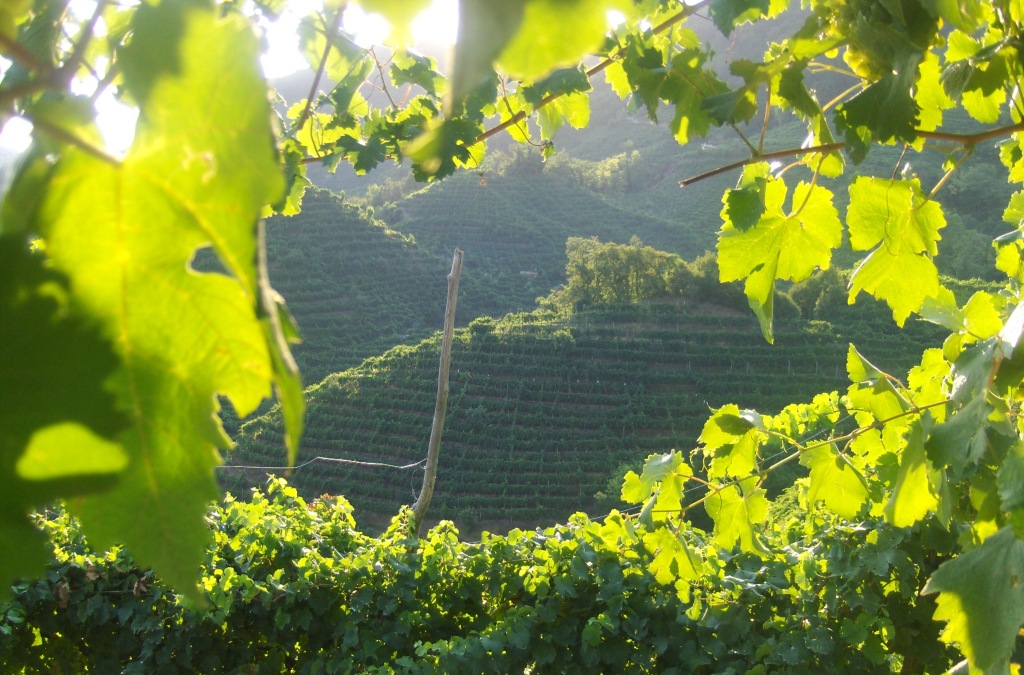

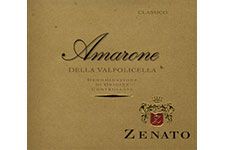
Zenato
Zenato
Biography
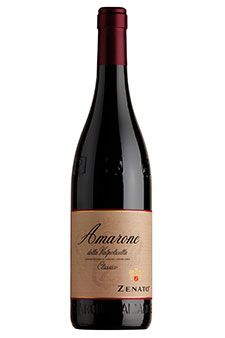
Sergio Zenato belongs to that group of determined entrepreneurs who pursue their objectives without hesitation, without compromises, without tergiversating. In his case, the objective was quality with a capital Q, and Sergio Zenato has succeeded in reaching the goal of elevated quality and create one of the major houses of the province of Verona. In 1960 he succeeded his father at the helm of the firm at San Benedetto di Lugana, a part of the township of Peschiera del Garda, located on the banks of Lake Garda and one of the finest zones for the production of Lugana appellation wine. The area is characterized by a special soil, a meeting point of glacier-created terrain and heavier clays, and by a special micro-climate as well, balmy, virtually Mediterranean due to the warming waters of the lake. With the aid of his wife Carla, Sergio Zenato has dedicated particular efforts on behalf of the Trebbiano di Lugana grapes, the basis of the appellation wines. Thanks to this commitment, Lugana is now one of the most successful appellations of the Lombardy-Veneto area, as the Riserva “Sergio Zenato” offering demonstrates, an intense, full-bodied white wine of exceptional complexity. The children, Alberto and Nadia Zenato, have joined the firm, the first working with production while his sister is a sort of ambassador of the house, promoting the image and the quality of the wines in the markets of the world. Zenato has developed a great interest in red wines over the years, particularly for those of the classic part of the Valpolicella appellation, an historic viticultural area just a few miles from Lugana. To the point that the firm now owns 175 acres of vineyards, divided between the two zones. After a long period of study of the soil, the climate, and the grape varieties of the Valpolicella, Zenato succeeded in planting modern vineyards, low-producing but of great quality. With Corvina, Rondinella, and Molinara he produces a supple Valpolicella Classico Superiore, an elegant wine, but above all an Amarone della Valpolicella, opulent and potent, which has won prizes from guides and wine magazines. The Ripassa is a particularly interesting wine, produced by “re-passing” the Valpolicella on the skins of Amarone just after the latter wine has been run off its skins.

